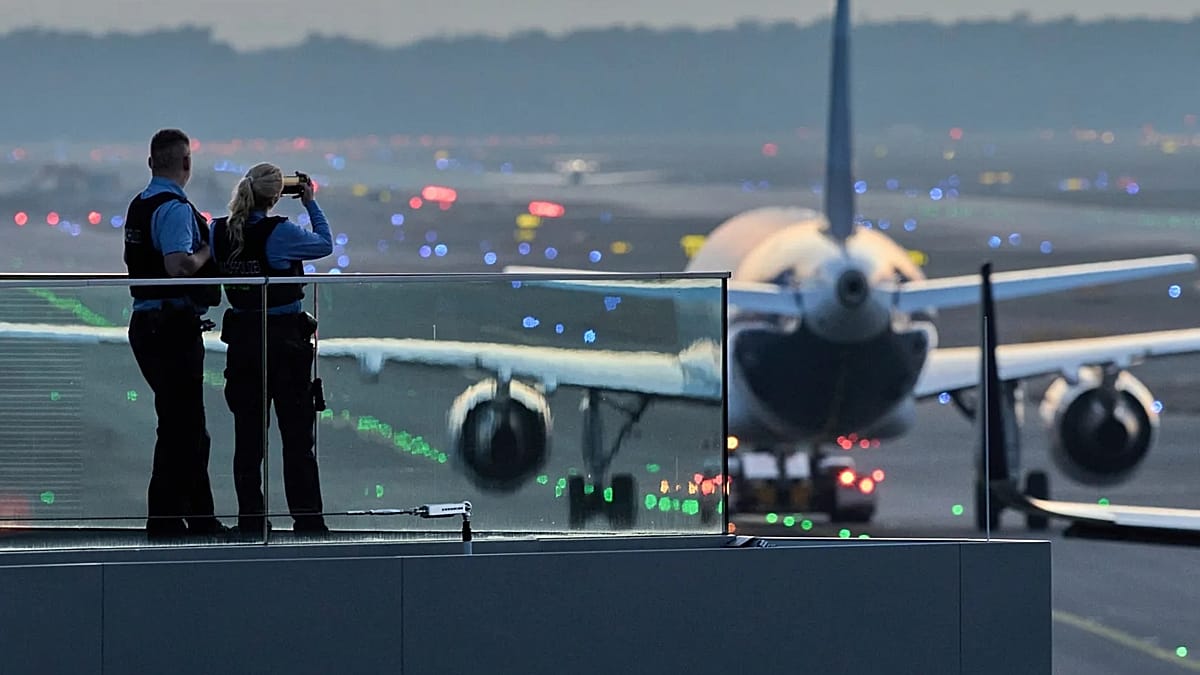It was just a few seconds of reporting. And it was 30 years ago. But when that reporting has you standing on top of a volcano, with an ash eruption gushing out of the crater behind you, it’s not an experience you forget, writes 1News reporter Simon Mercep.
On a Sunday morning in September 1995, my cameraman and I, and helicopter pilot Tony Monk, found ourselves on top of Mount Ruapehu. We’d flown down in Tony’s chopper the night before, just after the volcano erupted.
Skiers had been on the slopes, and there’d been a mad scramble to get off the mountain. Some people had captured video of the ash spewing out of Ruapehu, and at One Network News (as it was called then) we’d broadcast some of that Saturday night.
Newsmakers Revisited: When a 1News crew landed on erupting Mt Ruapehu – Watch on TVNZ+
By the time we got to the central plateau it was too dark to film. But we had a stroke of luck. At the Wairakei Geothermal Station, we met a group of scientists who had gathered to plan a trip up to the crater the next morning. They had a helicopter, but there were too many of them to fit into it. We grabbed our chance and made a deal: we would take a scientist in our chopper, and the scientists agreed to let us film their work.
So it was that vulcanologist Dr Bruce Houghton joined us for the flight to the crater that Sunday morning. Houghton explained that it was the biggest eruption since 1969. In an interview near the crater lake, he told us it appeared close to overflowing. As we spoke to him, a burst of steam came out of the crater. He told us it wasn’t life threatening. We carried on filming.
We moved down the slope to record video of some scientists measuring a “lahar” a mixture of ash and liquid that forms dark grey rivers that stream down the mountainside. Another vulcanologist, Dr Peter Otway, explained that if he saw the mountain erupt, he and his team would drop everything and sprint out of the pathway of the lahar. He said they’d have around 20 seconds to get to safety.
Our big moment came at the end of the filming. Houghton had returned to the helicopter and was sitting alongside pilot Tony Monk. My cameraman and I were getting ready to film what’s called a “piece to camera”, where the reporter makes a comment directly to the audience. Thirty years later, I don’t recall what I originally planned to say. Instead, we were interrupted by Ruapehu erupting behind us.
We had seen a small steam eruption earlier that morning. This time, there was ash too. I remember being seized by the need to capture the moment and say something – hopefully intelligent – to reflect standing next to an erupting volcano. The adrenaline was flowing, the wind was rushing in my ears and I had to shout to hear myself.
I made several glances behind me to check how close the ash and steam were getting to us. After one glance, I turned back to see my cameraman running away. He was sprinting back to the helicopter. I didn’t know it then, but pilot Tony Monk had revved his engine, as a signal that it was time to go. He didn’t want ash to cripple the chopper. But I hadn’t heard him.
I chased after my cameraman. At one point he stumbled and stepped into a hole in the ice. It wasn’t too deep and he was able to free himself, and keep running, at the same time capturing my flight from danger. He’d dropped his camera from his shoulder but hadn’t turned it off. And as he ran, he had the lens pointing behind him. He filmed me running after him, looking back over my shoulder at the eruption.
We dived into the back seat of the chopper and Tony Monk immediately flew us out of harm’s way.
It was a heart stopping few seconds. I remember thinking that we had amazing footage, and also thinking that we had been very, very lucky. That sense of good fortune was put into stark relief years later, after the terrible loss of life during the Whakaari/White Island eruptions in 2019.
We flew back to Auckland that afternoon to prepare a report for that night’s 6pm bulletin. The next day I returned to Ruapehu to spend a week reporting on the ongoing eruptions. Later, the footage of my piece to camera at the crater was shown in a volcano display at our national museum Te Papa. Houghton went on to become Hawaii’s state vulcanologist, a position he is just about to retire from. Tony Monk carried on flying, although he never again thought about landing his chopper near an active volcano.
And I continue to film news stories with the same cameraman. He’s a humble chap and asked not to be named in this story, preferring to stay on the sidelines. But on that day 30 years ago, he was very much centre stage, capturing a reporting moment of a lifetime.












